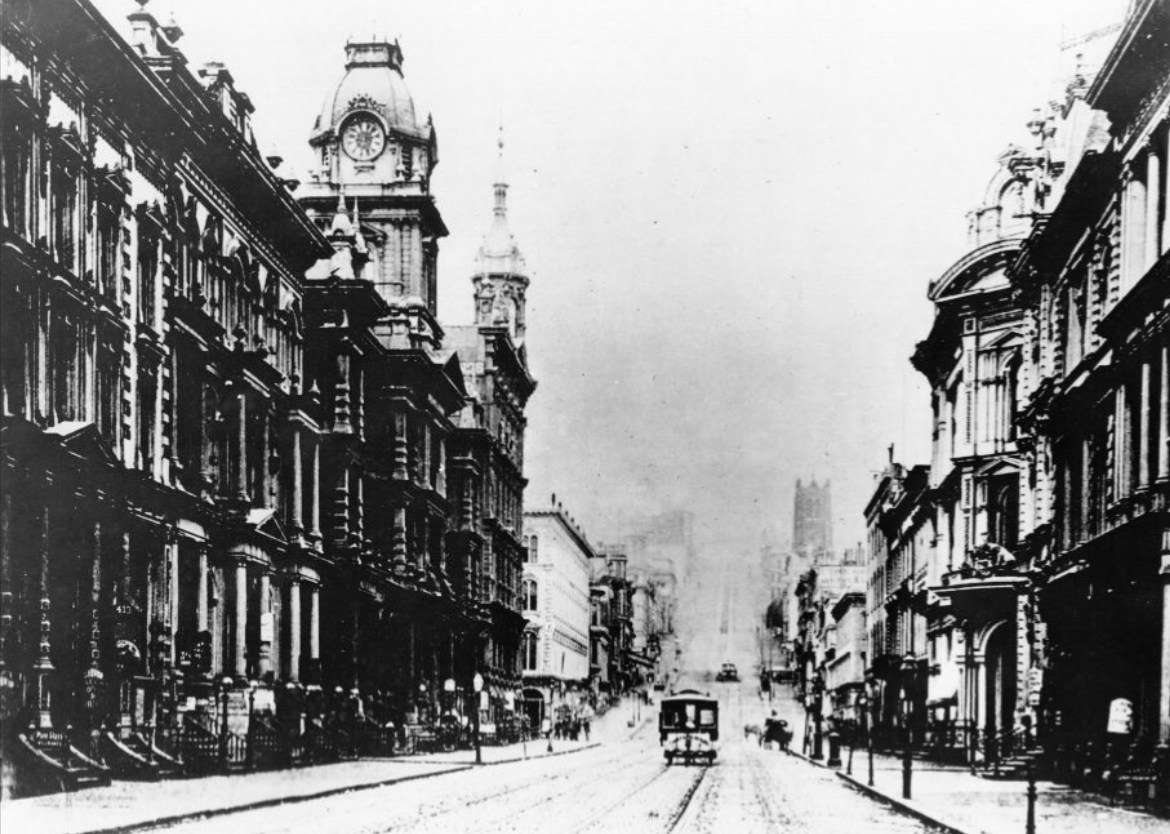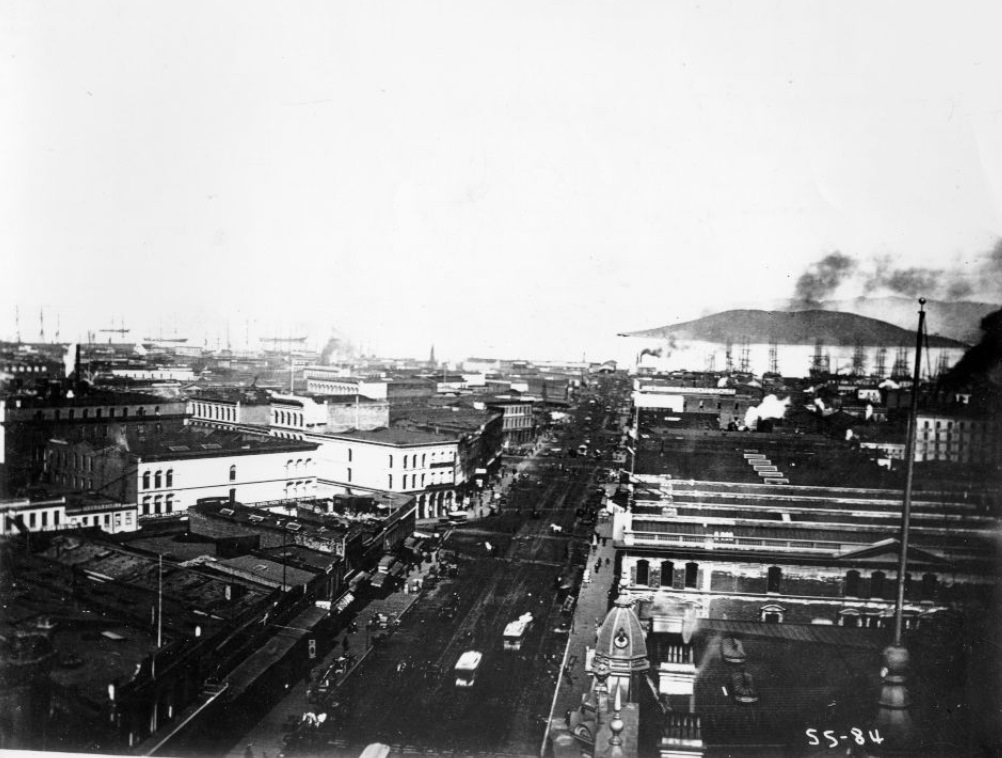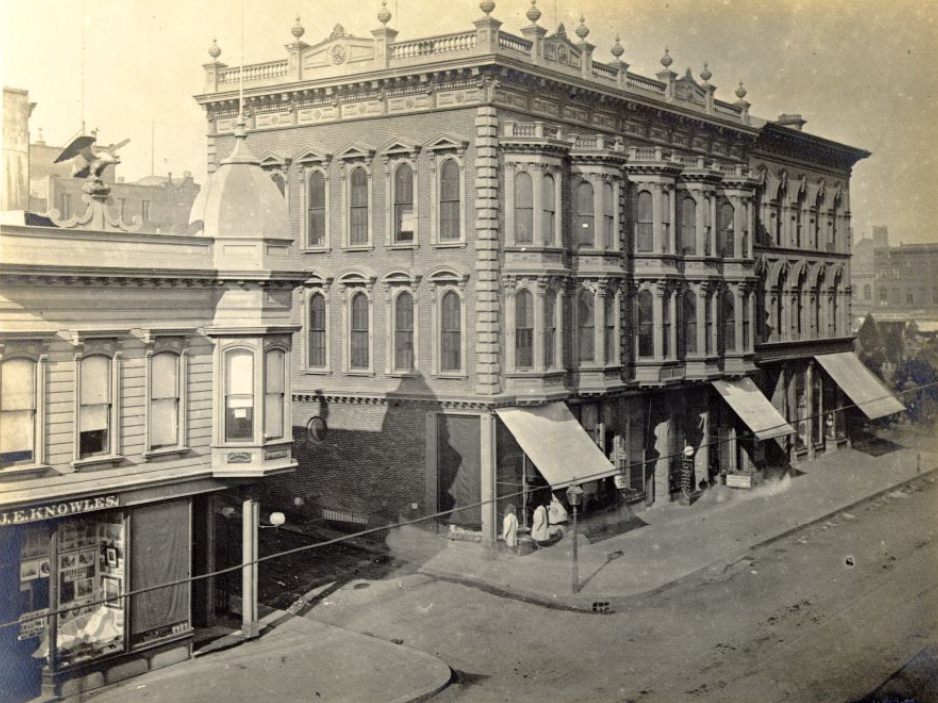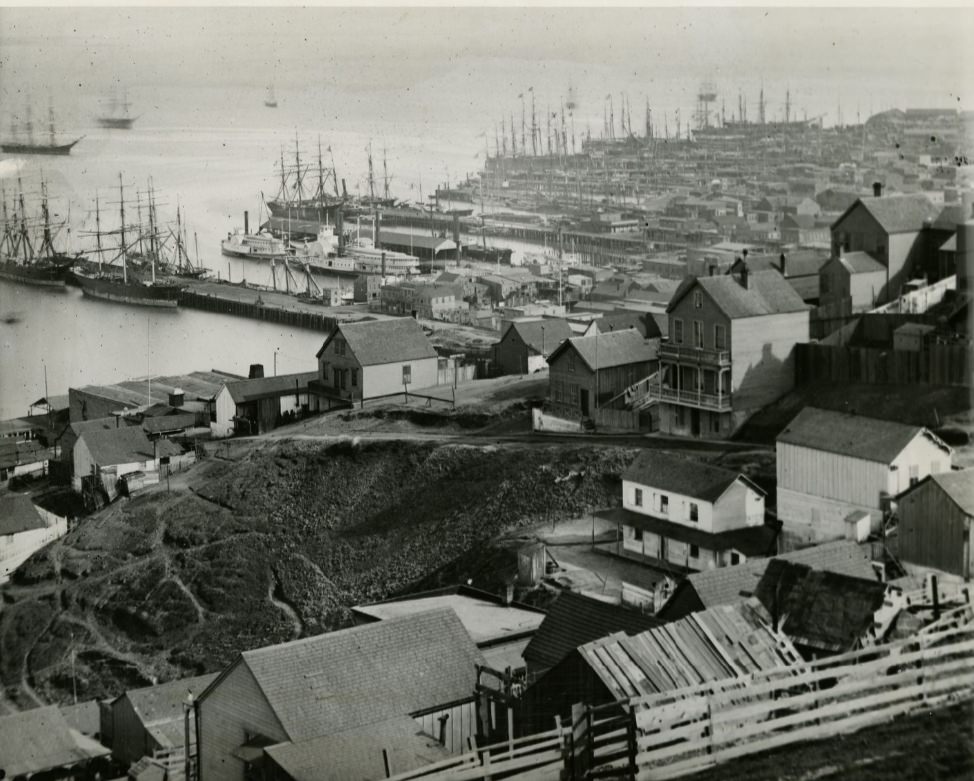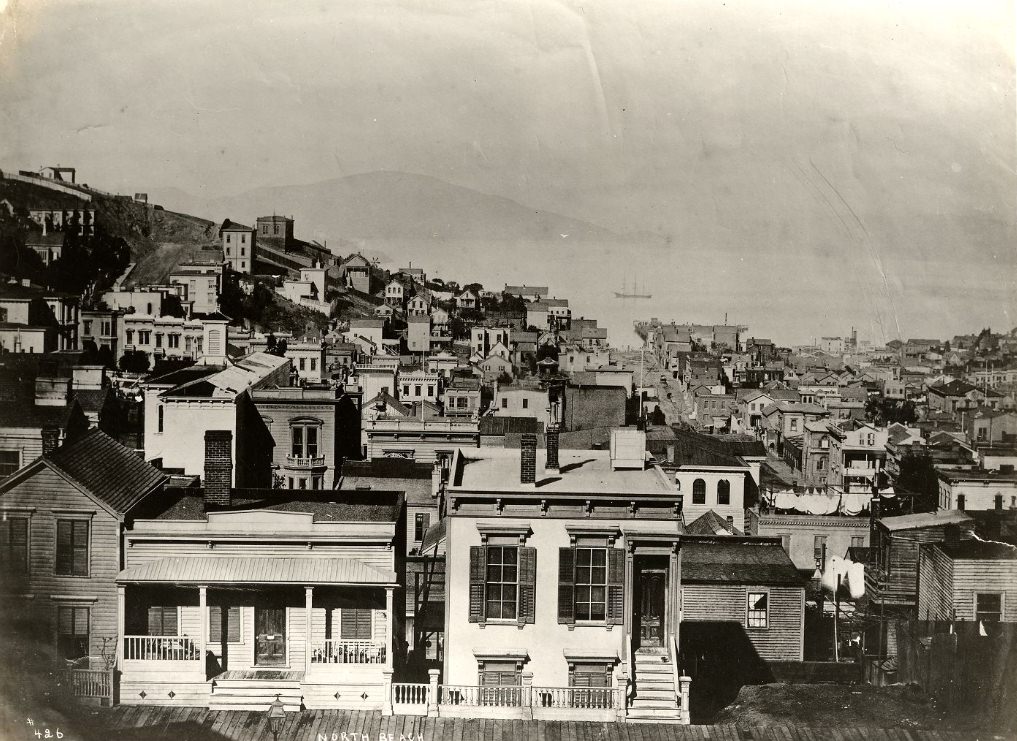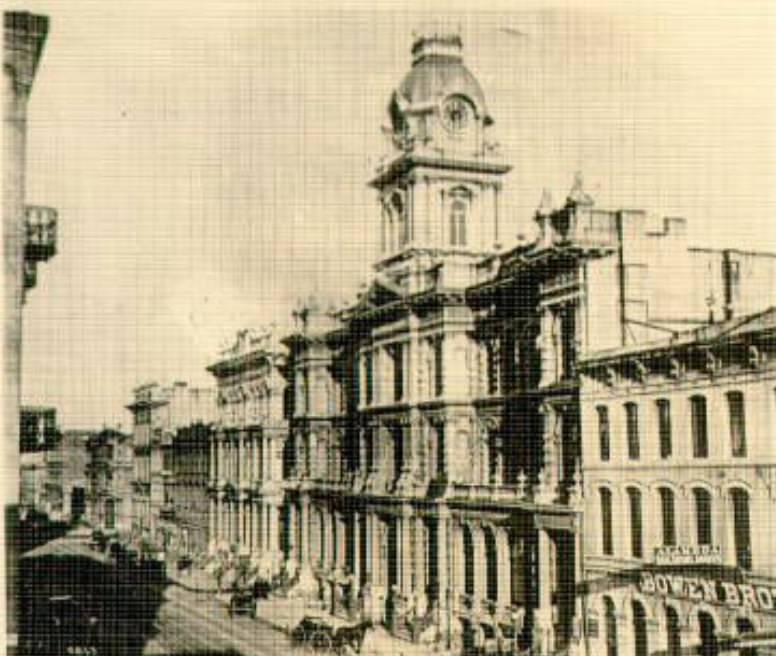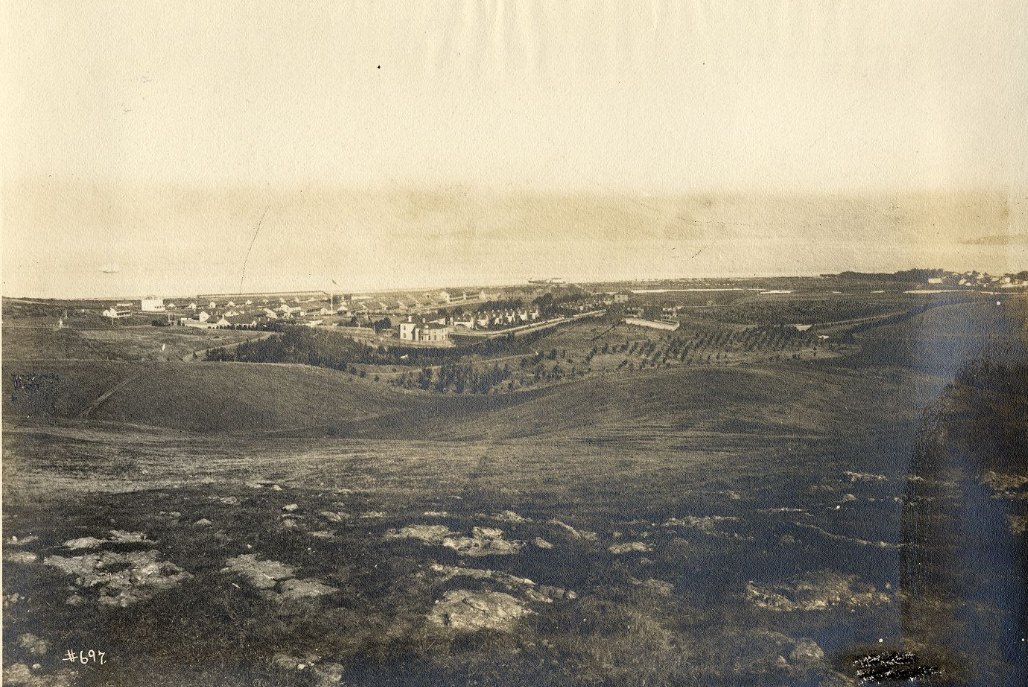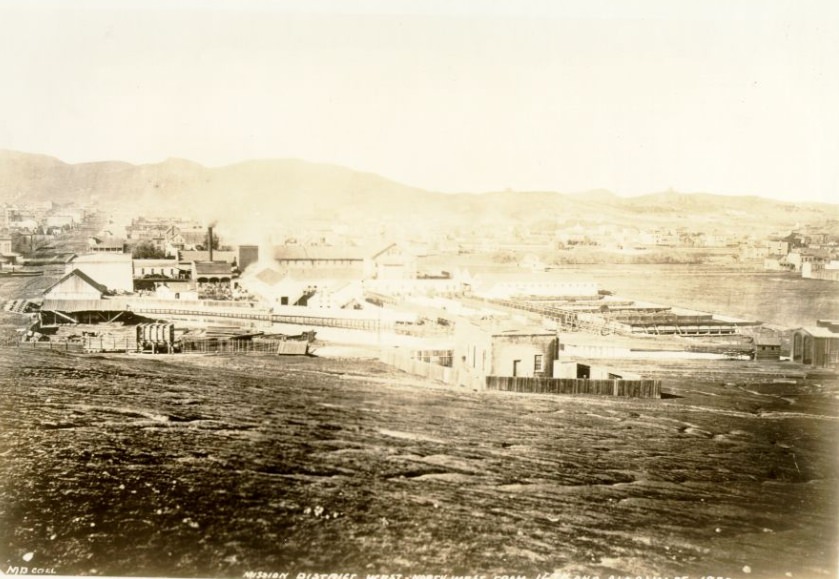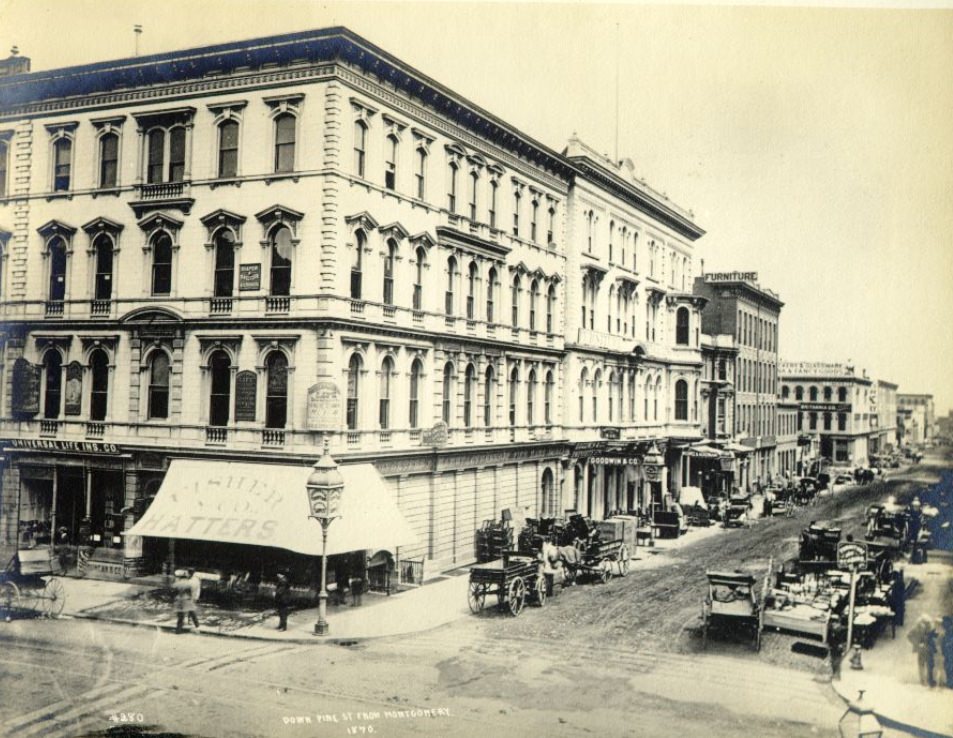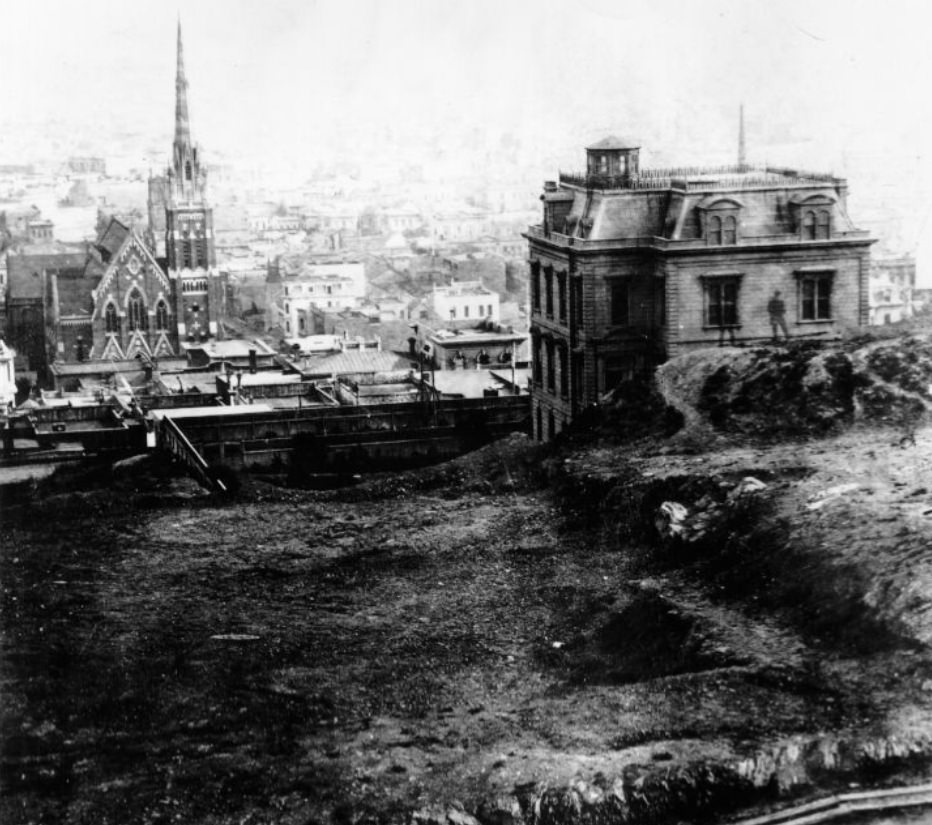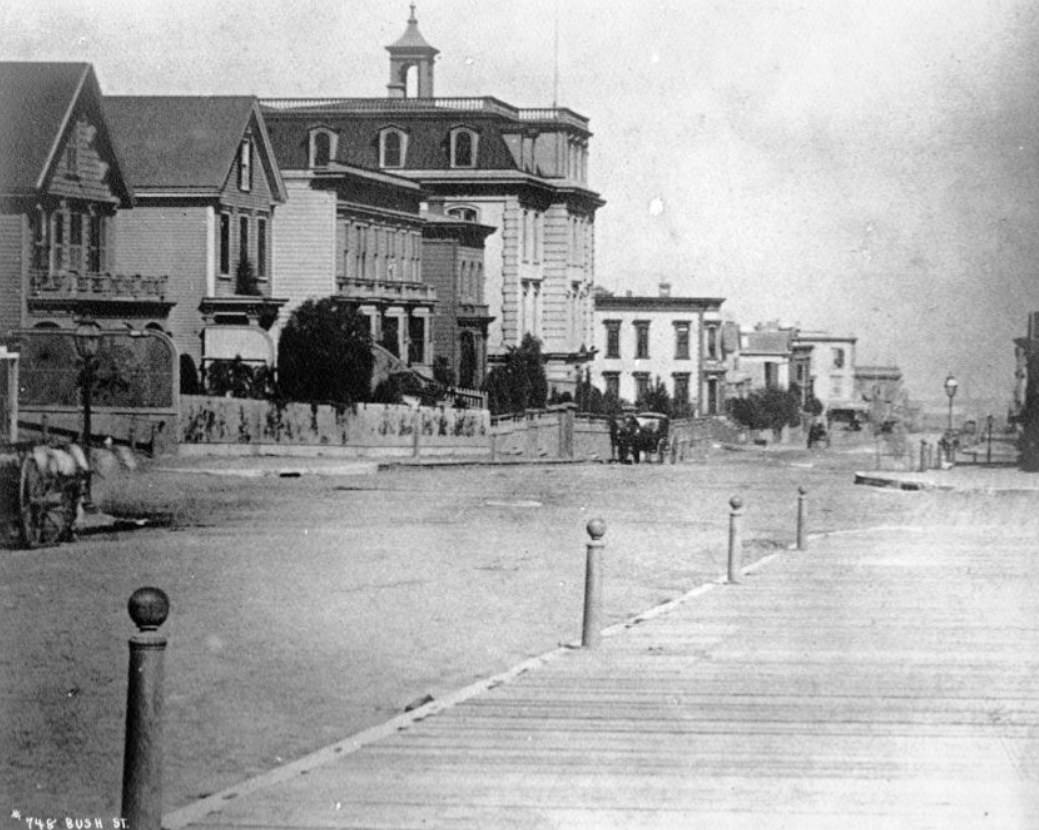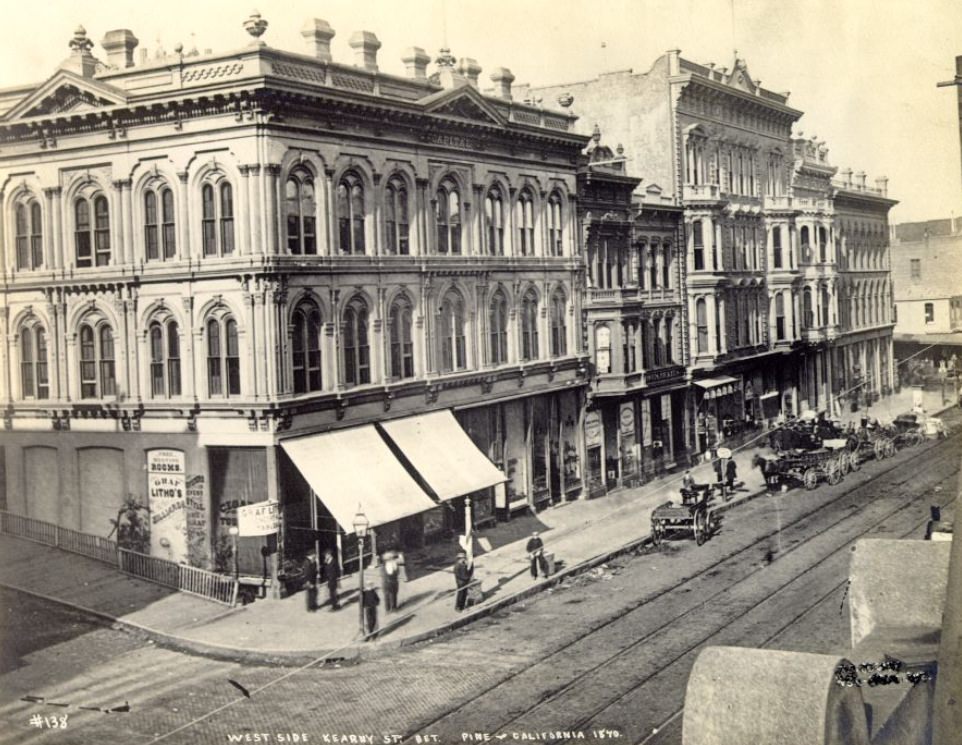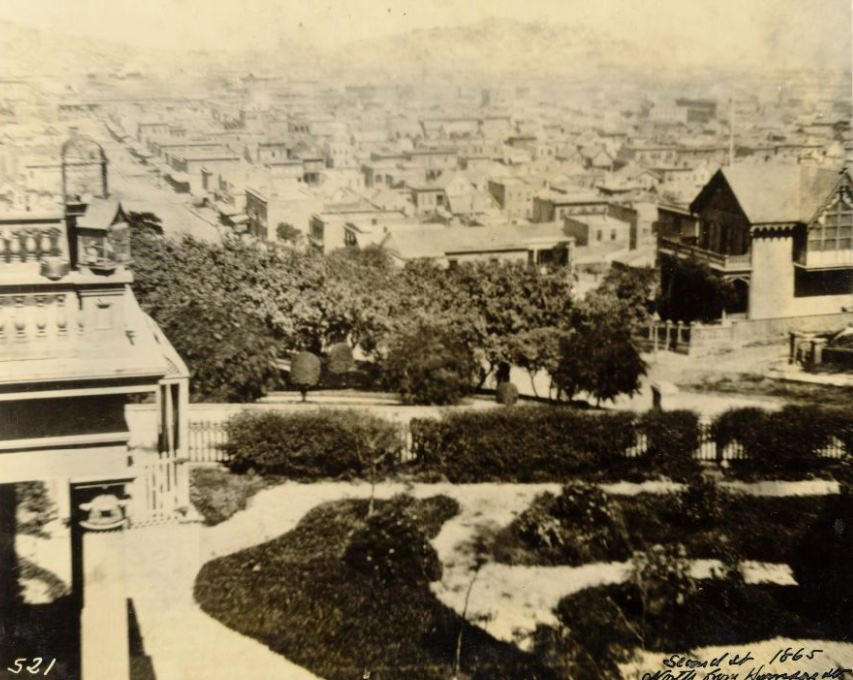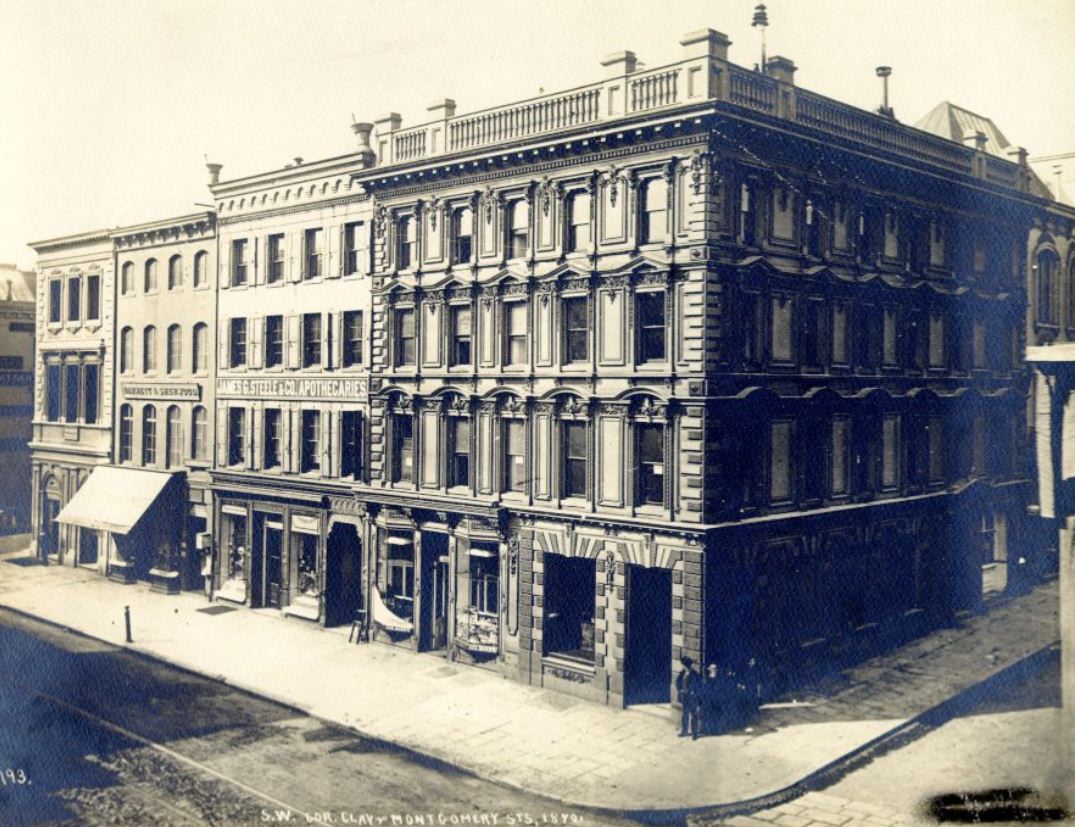The 1870s saw San Francisco’s economy begin to diversify beyond the mining industry. Maritime trade, manufacturing, and banking sectors flourished, reflecting the city’s maturation into a commercial powerhouse. The Pacific Mail Steamship Company, operating out of San Francisco, dominated trade routes between the United States, Asia, and the Pacific Islands, further establishing the city as a critical hub in global trade networks.
Urban Development and Challenges
San Francisco’s urban landscape underwent significant transformations in the 1870s. The city continued to expand, with new neighborhoods emerging to accommodate its growing population. However, this expansion was not without its problems. San Francisco faced considerable public health issues, including outbreaks of infectious diseases, which were exacerbated by inadequate sanitation and overcrowded living conditions. Efforts to address these challenges led to improvements in public health policies and urban planning.
The Cultural Scene Blossoms
Culturally, the 1870s were a vibrant time for San Francisco. The city’s literary scene thrived, with local writers and poets contributing to a burgeoning West Coast literary tradition. The Bohemian Club, founded in 1872, became a focal point for artists, writers, and musicians, symbolizing the city’s growing cultural sophistication. Additionally, San Francisco’s Chinatown, already the largest Chinese community outside Asia, became a cultural and economic center, contributing significantly to the city’s diversity.
The 1870s in San Francisco were not just about economic diversification and cultural vibrancy; they were also a time when the seeds of labor activism began to sprout, signaling significant social shifts. The city, buzzing with the energy of growth and expansion, found itself at the heart of a burgeoning labor movement, driven by the widening chasms of economic disparity and challenging working conditions that industrialization had deepened.
As the decade progressed, the clamor for labor reforms grew louder, culminating in the establishment of the Workingmen’s Party of California in the late 1870s. This movement, born out of the frustrations and aspirations of the working class, championed crucial labor reforms, advocating for an eight-hour workday—a revolutionary idea at the time.







